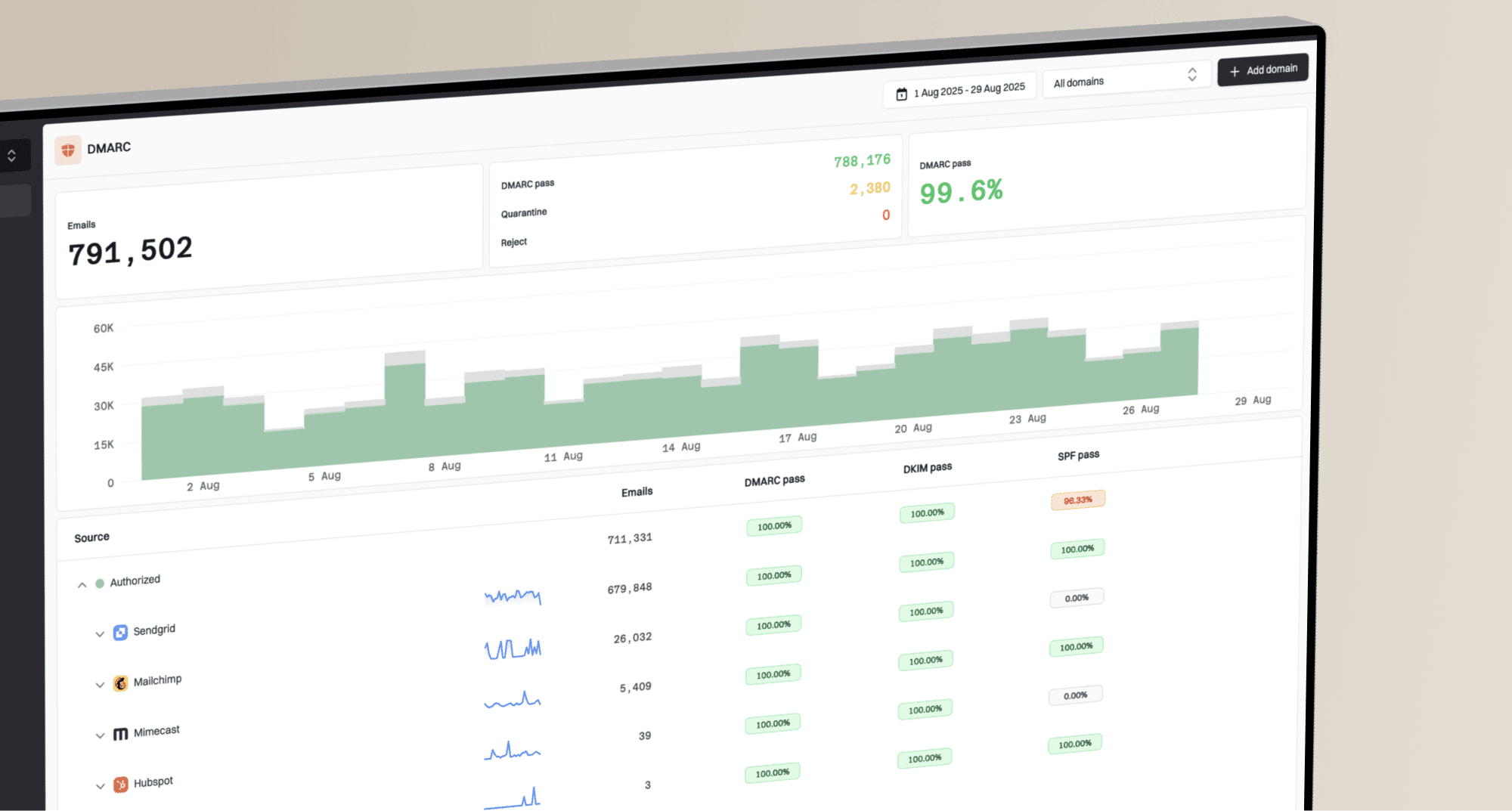Can a domain with poor reputation negatively affect other domains in Google Workspace?

Michael Ko
Co-founder & CEO, Suped
Published 31 May 2025
Updated 5 Nov 2025
6 min read

 Google Workspace account, there's a level of commonality, especially in administrative and backend infrastructure, that Google's machine learning algorithms can detect. These algorithms are sophisticated and constantly evolving to identify patterns that indicate spamming behavior or compromised accounts. If one domain under the account starts exhibiting problematic sending patterns, the system might flag the entire associated group of domains, impacting their deliverability.
Google Workspace account, there's a level of commonality, especially in administrative and backend infrastructure, that Google's machine learning algorithms can detect. These algorithms are sophisticated and constantly evolving to identify patterns that indicate spamming behavior or compromised accounts. If one domain under the account starts exhibiting problematic sending patterns, the system might flag the entire associated group of domains, impacting their deliverability.
|
|
|
|---|---|---|
Shared IP address | If all domains send emails from the same dedicated or shared IP address pool, poor performance (spam complaints, bounces) on one domain can lower the IP reputation, affecting all domains using that IP. | High impact. Mailbox providers often assess IP reputation alongside domain reputation. |
Common sending patterns | Similar email content, sending volume spikes, recipient engagement rates, or authentication configurations across domains can link them in the eyes of anti-spam filters. | Medium impact. Sophisticated filters can group seemingly unrelated domains if behavioral patterns align. |
Shared infrastructure (beyond IP) | Using the same Google Workspace account, even for separate domains, indicates a common administrative entity. Google might leverage this internal knowledge. | Moderate impact. Google (and other ISPs) can see connections that external parties cannot. |
Cross-domain linking/referrals | If emails from different domains frequently link to each other or to a common set of URLs, this can also establish a perceived connection. | Low to medium impact, especially if combined with other negative signals. |
 Google Workspace account is a legitimate concern. While separate domains offer more isolation than aliases, sophisticated algorithms and shared underlying factors can still create a ripple effect. This emphasizes the importance of a holistic approach to email deliverability.
Google Workspace account is a legitimate concern. While separate domains offer more isolation than aliases, sophisticated algorithms and shared underlying factors can still create a ripple effect. This emphasizes the importance of a holistic approach to email deliverability.